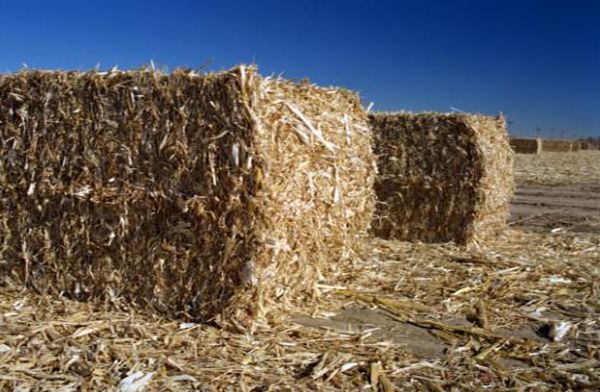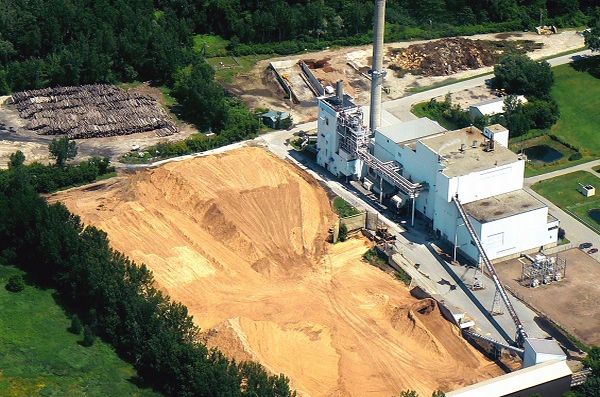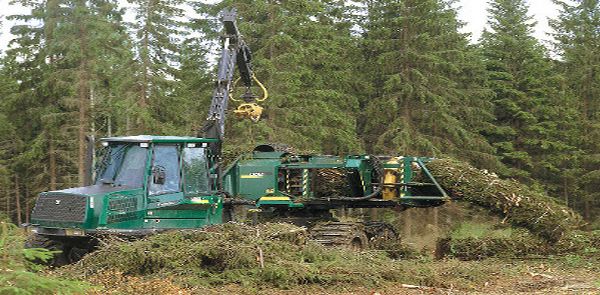
What’s happening right now
Whenever we speak of electricity from agricultural waste we conjure up images of a biogas plant. The truth is, existing biogas plants do recycle agricultural waste but also require edible agricultural products such as corn. Latest technology and research have proved that it is possible to generate electricity with nothing but pure agricultural waste. That would mean recycling animal dung, discarded plant husk, rotten leaves etc. to produce electrical power, and all this without using any edible agricultural product.
Researchers at the Fraunhofer Institute for Ceramic Technologies and Systems IKTS in Dresden, Germany have developed the first ever biogas plant that works completely from agricultural waste and does not require any edible product. Considering the number of people who still live without electric power all over the world, this technology will bring about a revolution.
The need for a renewable electricity system cannot be over emphasized in today’s world. Future success of this system will have far reaching consequences. The new plant takes 50 to 70 percent less time for decomposing raw materials stored in a silage for power generation. That would mean more power generation in less time and increased efficiency. Even corn stalks can be used, the new system utilizes special enzymes to break down the cellulose in corn stalks before storing it in silage, thus making 100 percent use of all waste material with 85 percent success in power generation.
Trends
Clean diesel made from PVC pipe, sewer sludge, agricultural waste and plastic

The very thought that good quality diesel can be produced from absolutely anything that has a carbon component is more than exciting. Everything from PVC products, wood, sewer waste, dustbin trash, wood, agricultural waste to coal can be recycled to produce diesel. Imagine the impact on the economies of nations if such a thing can be successfully implemented. Researchers at UC Riverside have developed a new technology that’ll do just that. In fact they are investing a whopping $15 million to set up a pilot plant.
Rice Husks & Biomass Gasification to power rural India

In Indian rural areas where people still live without power the concept of Husk Power Systems is fast gaining acceptance. Afterall most villages don’t have the grid power for building solar plants or wind farms, and these husk power systems offer a fantastic way of recycling agricultural waste for power generation.
At present there are about 50 villages in the state of Bihar, India where this system is functioning. Discarded rice husks form the primary raw material for electric power generation in these plants. About 1.5 kilos of rice husk on gasification produces 1KWh electricity. Most of these mini power plants have the capacity to produce 35 to 100 kwh electricity.
900 Megawatts of Biomass Power by UK’s Drax Group

UK’s Drax Group in collaboration with Siemens announced their intention to build at least three 300 MW biomass power plants in the UK. Raw materials to be used for power generation in these plants will include agricultural waste and energy crops. These three plants will probably supply 15 percent of renewable energy in the United Kingdom.
Kedco raises new funds for Northern Ireland gasification plant

Donal Buckley CEO of Kedco announced the company’s aim to set up a new four megawatt gasification project in Northern Ireland. This will probably be the biggest of its kind in the region. The plant will use agricultural waste and wood as raw materials and will produce electricity through gasification. The organization already has about 29 projects in different stages of completion.
Kedco‘s expertise and experience in the field of renewable power generation is unchallenged and the CEO declared that funds to make this grand project operational will be drawn from a private investment in public equity.
The Advantages
While agricultural waste might look like trash, it does have the potential to power the electric grid if harnessed properly. Harnessing agricultural waste to generate energy has several advantages such as:
• Most of us don’t think much about organic refuse once disposed off. It is important to realize the importance of waste recycling, especially for power generation because it will pave way for preservation of the fast depleting natural resources. Organic materials from farm waste can very easily be treated to produce renewable energy.
• Biomass technologies make use of combustion processes for power generation and therefore can be harnessed at anytime unlike solar or wind energy which are dependent on nature’s whims.
• Biomass power plants currently represent 11,000 MW – the second largest amount of renewable energy.
• Ethanol can be extracted from crops like corn which in turn is used to fuel cars powered by bio fuel.
• Animal refuse and farm manure are also excellent raw materials for natural gas production. This natural gas is used to heat water for power generation.
• The best part about using agricultural waste as raw material is the fact that there will never be a short supply of raw material.
The Impact
The future of power generation for human use is directly linked to the recognition of agricultural waste as an important raw material for power plants. After all, this recyclable waste is available the world over in large quantities and can be drawn without causing any environmental damage. The very fact that the raw material in such large quantities is available at cheap rates will bring down the cost of its production. The other good thing is most of these processes ensure minimum emission into the atmosphere. Technologies using biomass for power generation require governmental support and only then can these be implemented on a large scale. As technologically advanced societies begin to rely on alternative energy sources the possibility of securing a better future may actually become a reality.




